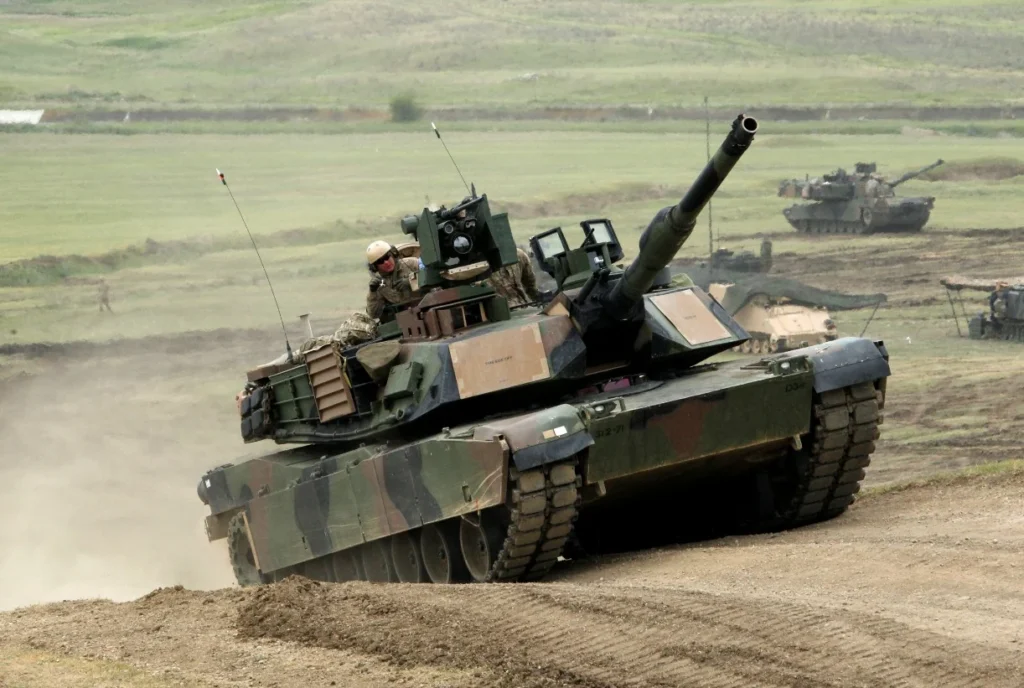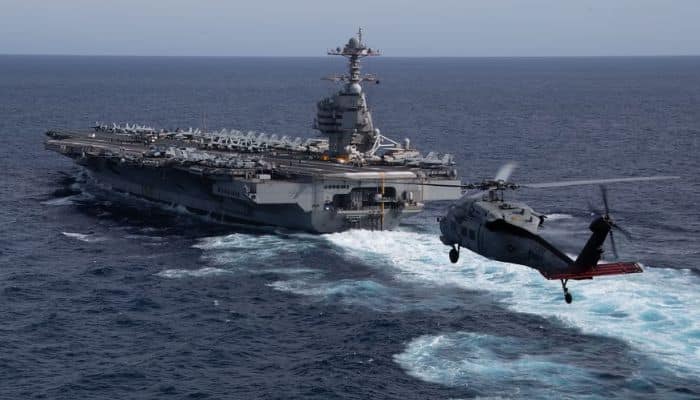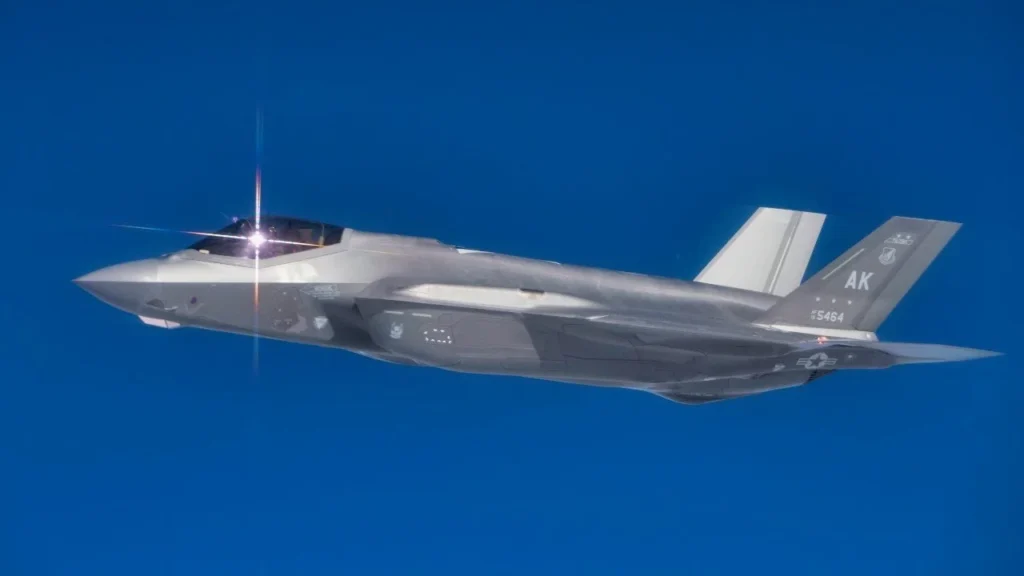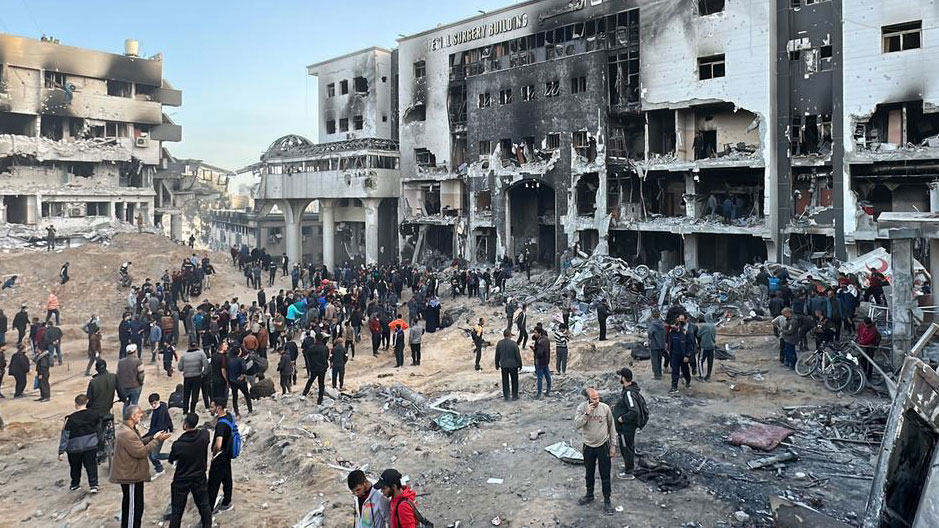The beat goes on.
I have made the outrageous claim that the era of the carrier is over and also infer that manned tanks are also way past their expiration date due to the demonstrative lop-sided opportunities in salvo competition that is seeing 7-10 million dollar tanks savaged by munitions a fraction of the cost. Even in peer wars of the past, industrial capacity would not be able to keep up with that attrition trade-off but in today’s severely degraded manufacturing environment in the West, this is an invitation to disaster with no capacity to replenish war-stocks lost in combat.
You want manned tanks? Build in smaller densities and revisit the CONOPs to reduce the size and signature by creating smaller unmanned ground vehicles (UGV) that are armed in a variety of ways to discover what the optimal form of this new vehicle will be. When the Iraqi tanks were destroyed at the Battle of 73 Easting in the First Iraq War (1990-91) by the superior tanks and crews with the Abrams, it was the high water mark for a tank first conceived in the 1970s. But over thirty years have past and the tank is overshadowed by many munitions that have become ubiquitous now that were scarce then. During the Persian Gulf War, it is alleged that M2 Bradley Infantry Fighting Vehicles (IFV) destroyed more Iraqi armored vehicles than the M1 Abrams. A few kills against Iraqi T-72 tanks at close range are reported. A total of 20 Bradleys were lost; three by enemy fire and 17 due to friendly fire incidents. Another 12 were damaged.
Only four USMC Abrams were ever deployed to Afghanistan. The environment was totally unsuitable.
In the Iraq and Afghanistan wars, the Bradley IFVs fared poorly. In 2006, total losses included 55 Bradleys destroyed and some 700 others damaged. By the end of the war, about 150 Bradleys had been destroyed. Most destroyed by IEDs (nothing new here, merely a variant on mine warfare).
The ubiquity of drones for both munitions and third party targeting is quickly diminishing the utility of tanks in modern near-peer and peer warfare.
The manned tank era is simply over.
M1A2 SEP belonging to 1/66AR, destroyed by IED on March 10, 2006; 2 KIA with an assumed 2 WIA.
It appears approx 35 Abrams were lost (enemy and friendly fire) in the 2003-2011 in Iraq. And very little of these were tank-on-tank encounters and many were IED with only one scuttled (deliberate abandonment and destruction). That M1A1 belonged to 1-64, 3ID destroyed April 6, 2003. The well known “Cojone Eh” was destroyed during Thunder Run; the tank was set on fire by either a RPG-7 or SPG-9 hit to the left side fuel tanks, eventually scuttled with guided air launched munitions and multiple sabot hits.
The Russian-Ukrainian conflict is putting paid the very notion of utility and survivability of manned tanks on the modern battlefield much like my notion that exoskeletal armor so fondly portrayed in science fiction will not have humans in them but will simply be augmented ground combat drones in various modes of motoring (tracked, wheeled, bipedal, quad-pedal, etc) about the battlefield. Even the notion of mechanized or light combat infantryman needs a whole new reappraisal for survivability.
And now the mandarins at the Pentagon want a new Abrams that is, wait for it, hybrid electric. I have not taken the time to look at the Request for Proposal for a new tank but I will bet dollars to donuts the wizards of war in the DoD floated the suggestion of green technology to appease the usual suspects.
Neither the Bradley nor the Abrams should be replaced. It’s time for a complete reappraisal of armored and mechanized warfare in the West.
Stop the madness.
Now, General Dynamics is proposing the AbramsX, a next-generation tank featuring a hybrid electric diesel engine, artificial intelligence, and a smaller crew.
Last year, General Dynamics offered a short YouTube clip advertising the AbramsX. The video made a splash. “It’s the biggest upgrade of America’s military tank technology since early in the Cold War, The Washington Post wrote.
Naturally, the AbramsX will feature updated technology relative to existing Abrams variants. The biggest upgrade is the inclusion of a hybrid electric diesel engine, which is expected to make the AbramsX lighter and improve its fuel economy.
In keeping with the economic theme, the AbramsX will operate with a smaller crew than its predecessors. And like most weapons systems being developed these days, the tank will also incorporate artificial intelligence systems.
https://nationalinterest.org/blog/buzz/abramsx-us-armys-next-big-tank-nightmare-210113
H/T to R/Destroyed Tanks
Email me at cgpodcast@pm.me




















